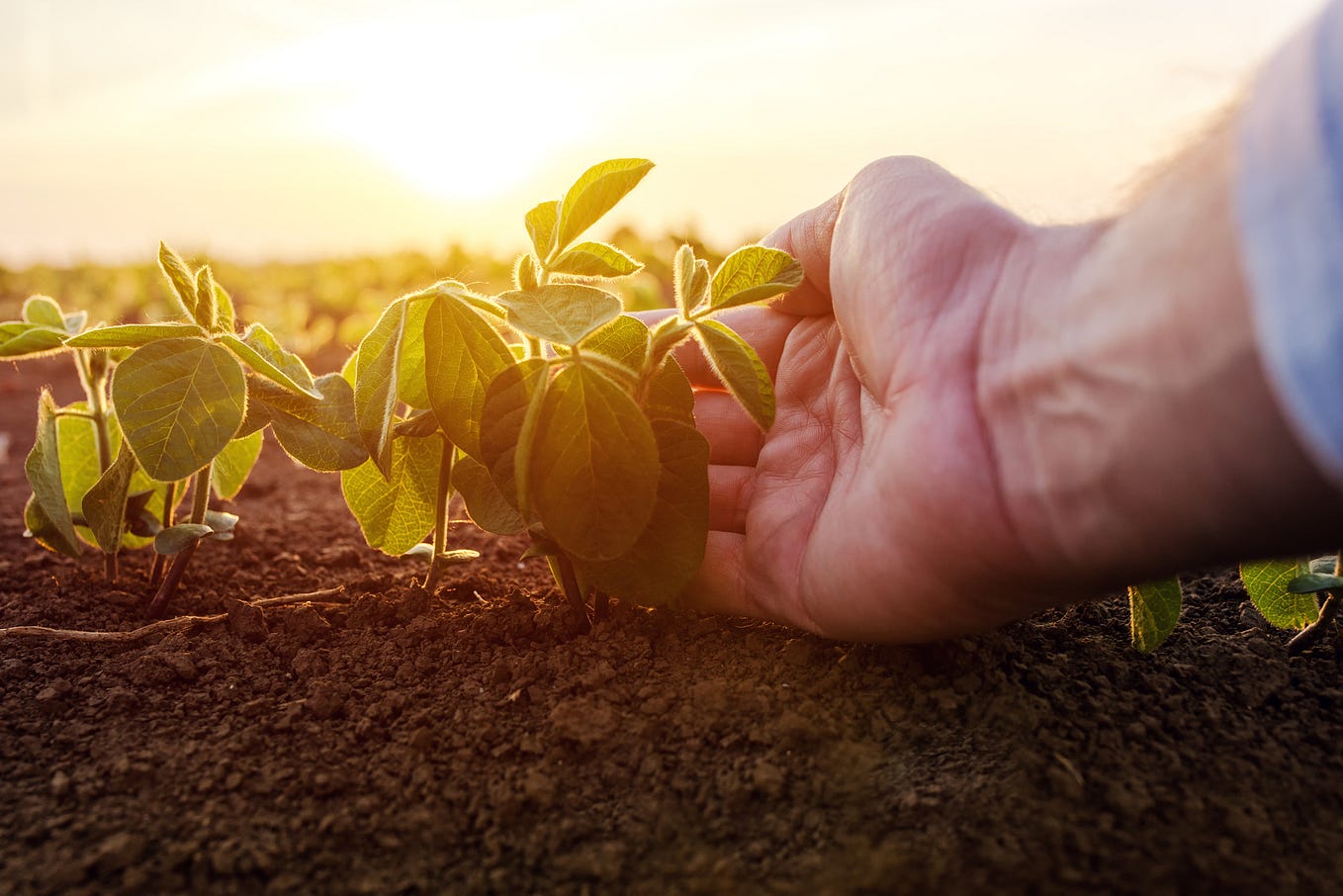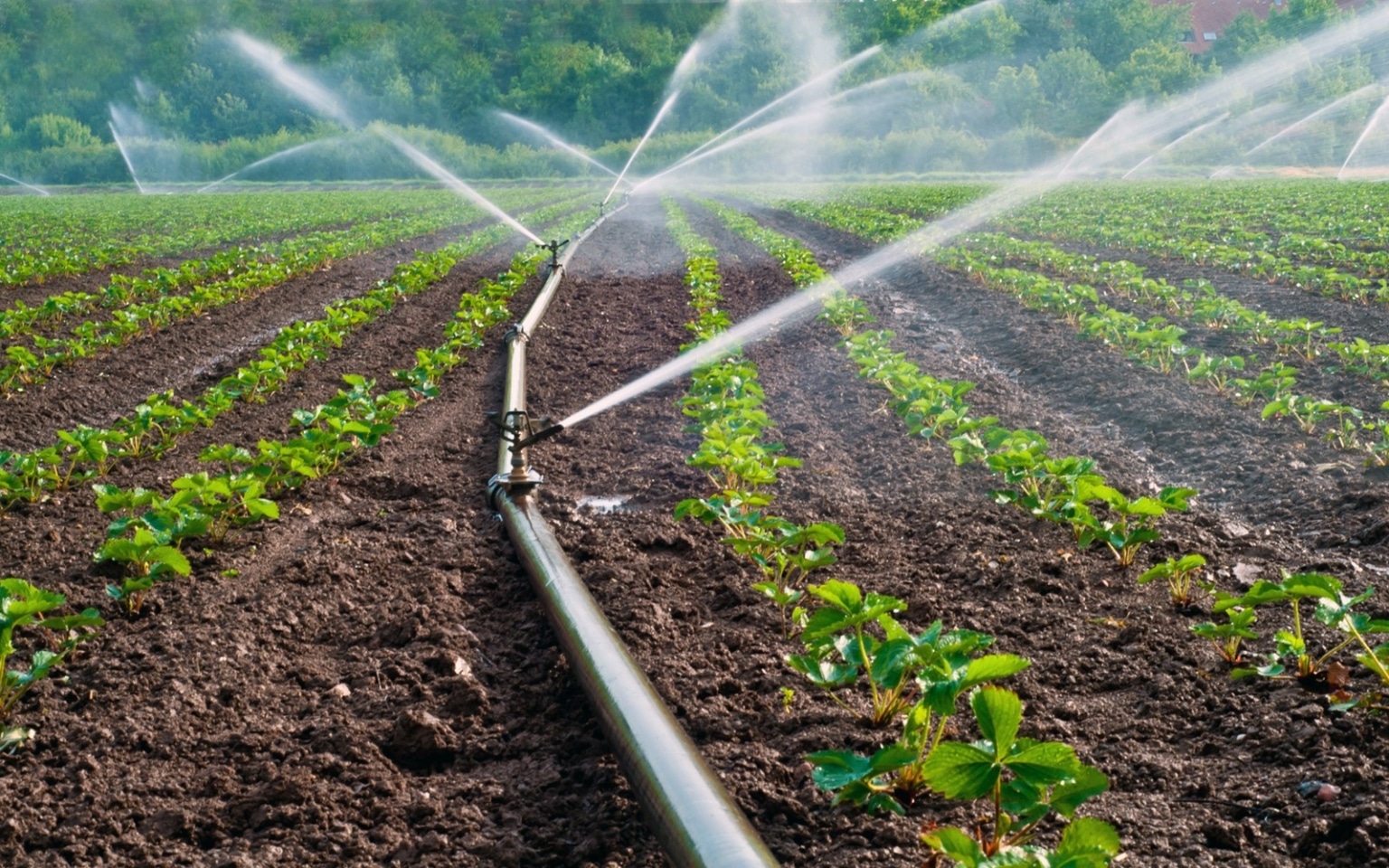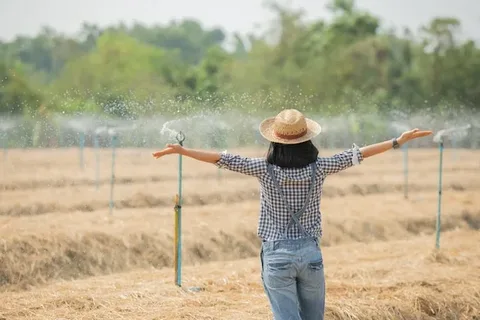Farming is all about time. Anyone who’s spent long days in the field knows that small delays can add up fast. A tractor breaking down right before harvest or rows planted just a little off can throw off the whole season. That’s why more farmers keep talking about saving time in agriculture through precision steering. It’s not just tech talk, it’s about getting jobs done faster without wasting fuel, seed, or daylight.
Why does time matter so much in farming?
Think about spring planting. You only get a small window when the soil is right. If rain comes early, fields stay wet, and the planter sits in the shed. Miss those few dry days, and the whole crop can fall behind.
I remember a neighbor outside town who always joked that “losing a day in May cost him a week in September.” He wasn’t wrong. The later the corn went in, the more risk he had when early frost hit. That’s why folks look for tools that help them move quickly and steadily in the field.

What is precision steering anyway?
Precision steering is like giving your tractor a GPS brain. Instead of guessing where the rows line up, the system guides the wheels almost perfectly. No overlap, no wide gaps, no weaving back and forth. It’s like drawing straight lines on paper, but across 200 acres of beans.
One farmer told me that after switching to it, he cut out hours of replanting. Before, his rows drifted on hills, and he had patches where plants crowded. Now every pass lines up tight, and he covers ground faster because he’s not fixing mistakes.
How does it really save time in agriculture?
-
Less overlap – No need to drive over the same ground twice.
-
Faster turns – The system sets up the next pass quickly, so less backing up and straightening.
-
Planting speed – Farmers can run a little faster without worrying about crooked rows.
-
Harvest cleanup – Combines run smoother when rows are even. No hunting for stray stalks.
I’ve seen this play out in soybean harvests. A crew in our county cut days off their schedule. Same machines, same people, but straighter rows meant their combine didn’t clog or miss. That’s time saved when every hour counts.
Does it work in small farms too?
Some folks think precision steering is only for huge operations. That’s not really true. Even a 40-acre farm gets benefits. I heard from a farmer near the river who plants pumpkins for local markets. He said before steering, he wasted seed because rows weren’t straight, and some patches got double-planted. Once he added the system, he used less seed and got more even growth. That saved him money and cut hours of work fixing mistakes.

What about the cost worth it or not?
The gear isn’t cheap. Farmers always bring that up. But when you add up fuel, seed, and hours in the tractor, the math makes sense for many. Think about diesel alone. If you cut overlap by just 5%, that’s gallons saved across a season. On top of that, less stress on equipment because machines don’t work extra ground.
One local co-op guy told me, “Most folks pay it off in two years just from fuel savings.” That doesn’t count the extra yield from straighter planting.
How does precision steering help during busy seasons?
-
Planting rush – Spring windows are tight. Saving even two hours a day means more acres planted before rain.
-
Harvest crunch – Long days get shorter in fall. Straight rows let combines run quicker before dark.
-
Spraying and fertilizing – No double passes, no missed strips, so less chasing spots later.
Last fall, I saw a crew finish corn harvest two days ahead of their usual. They had time to till before the rain hit. Neighbors who didn’t finish had to wait weeks. That difference came down to how fast they could cover acres.
Is it hard to use?
Some farmers worry it’s too high-tech. Truth is, once it’s set up, it’s easier than driving freehand. Older farmers even say it saves their backs because they don’t twist around all day lining up rows. And younger folks like it because they grew up with GPS on phones.
A farmer I met said his teenage daughter could run the planter better than he ever did once the system guided her. She didn’t waste passes, and she felt more confident driving. That’s another kind of time saving—less training stress.
Can weather make a difference?
Yeah, wet years show the value quickly. When the fields finally dry out, everyone rushes. If your system lets you plant straighter and quicker, you grab that window. One year, we had heavy May rains. Farmers with precision steering planted almost double the acres in the same short dry stretch compared to those without. That meant their crops had a head start.
What’s the future for saving time in agriculture?
It’s not stopping at steering. Machines can now plant, spray, or harvest almost on their own. But even starting small, just with steering, makes a big shift. It’s like when power steering first showed up; once you have it, you never want to go back.
Also Read: Small Business Times
Final thoughts
Saving time in agriculture isn’t about working less; it’s about working smart. Precision steering is one way farmers are getting ahead. Whether it’s planting straighter, saving fuel, or just finishing before the rain, it turns long days into shorter ones. And when you’re farming, every saved hour counts.

FAQs
How much fuel can precision steering save?
Farmers usually see around 5–10% savings on diesel because they’re not driving over the same ground twice. On a big farm, that adds up fast over a season.
Does precision steering only help with planting?
No, it helps all year. Spraying, fertilizing, and even harvesting go smoother because rows line up better. Combines don’t chase stray stalks, and sprayers don’t leave gaps.
Can small farms really benefit from this technology?
Yes. Even on 20–40 acre plots, farmers save seed, fuel, and hours. Straighter rows mean less overlap, and that’s money back in the pocket.
Is precision steering hard for older farmers to learn?
Most folks find it easier than freehand driving once they try it. The system does the guiding, so there’s less neck strain and less stress keeping rows straight.
How fast can the system pay for itself?
Many farmers cover the cost in one to two seasons through fuel savings, reduced overlap, and better yields.
What happens if the GPS signal drops?
Most systems keep you on track for a short time until the signal reconnects. In open fields, it’s rarely an issue, but hilly or tree-heavy areas can slow it down.
Does it really make a difference during the rainy season?
Yes. When the weather cuts planting windows short, being able to plant straighter and faster means more acres get done before rain hits. That can be the difference between a strong crop and one that struggles.
Do younger farmers like this technology more?
A lot do. Many grew up using GPS on phones, so it feels natural. Some families even say their kids run equipment smoother with steering than they ever did.
